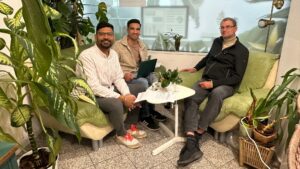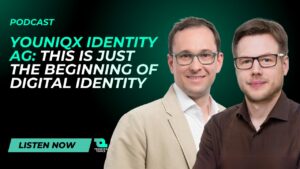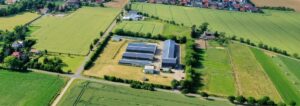Nuclear energy: The issue with nuclear energy in Europe
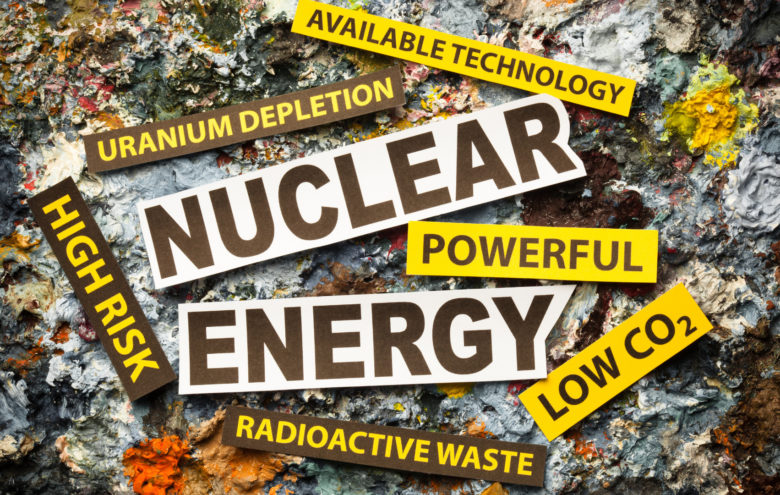
Discussions about the possible classification of nuclear power and natural gas as “green investments” within the planned EU taxonomy continue to come to a head. Both energy sources are now receiving tailwinds from a previously unexpected direction. In a speech at the European Council meeting, EU Commission President Ursula von der Leyen commented on the energy situation in Europe. She again referred to the need for renewable energies. But also made clear her support for nuclear energy and natural gas.
“Alongside this, we need a stable source, nuclear; and during the transition, of course, natural gas,” said the President of the EU Commission, Ursula von der Leyen.
In April 2021, the European Commission published the delegated act for the first part of the EU Taxonomy Regulation. With this, there will for the first time be a binding definition of ecologically sustainable activities and investments that is valid for all member states. The application of the new regulations is planned for the area of climate change and a year later for other environmentally relevant areas, such as a functioning circular economy or the protection of the seas. So far, neither investments in nuclear energy nor in natural gas projects have been included in the regulations.
On December 31st, 2021, the EU Commission sent out its draft taxonomy regulation in terms of nuclear power and natural gas. According to the draft, the EU Commission is in favor of classifying investments in nuclear power and natural gas as sustainable, at least for a limited period of time. As a result, the Austrian Climate Protection Minister Leonore Gewessler threatened to sue the EU Commission if a positive decision is made and she would not shy away from taking legal action against the planned regulation.
Green label – What are the conditions?
However, there are a number of conditions attached to the “green label”. The draft envisages that investments in new nuclear power plants up to 2045 or life extensions under certain conditions and in natural gas at least up to 2030 should be classified as green investments. According to the proposal, gas plants that are approved after December 31, 2030, should only emit up to 100 grams of CO2 equivalents per kilowatt-hour of energy – calculated over the life cycle.
For the promotion of nuclear power plants, however, specifications for the long-term handling of radioactive waste are provided, among other things. For example, the states in which nuclear power plants are located must “be able to dispose of toxic waste safely” and present a plan for the disposal of high-level radioactive waste by 2050. The waste must continue to cause “no significant damage” to the environment and new nuclear power plants must be built to the “latest technical standards”.
New natural gas power plants are subsidized when they replace old fossil fuel plants. It must also be proven that the planned energy production cannot be achieved through renewable energies and according to the draft there should be upper limits on CO2 emissions per kilowatt-hour.
And what are the arguments about nuclear energy?
Nuclear energy, just like any energy source, be it renewable or non-renewable, has its advantages and disadvantages. Quite often, there are also political interests involved in the adoption or rejection of a particular technology or energy source. The concept of the “green label” is also subjective due to the controversial definitions of sustainable energy that different member states support. Here are the most common arguments for and against the use of nuclear energy:
As an advantage of nuclear energy is often listed its carbon-neutrality. Traditional fossil fuels create massive amounts of carbon dioxide which are also considered one of the key causes of climate change. CO2 has an impact on the growing air pollution as well. Nuclear energy, in that sense, is CO2-free. However, the Uranium that is used for the nuclear powerplant is technically non-renewable. Therefore, the process of mining, refing, and preparing the Uranium produces waste and creates an entirely new environmental problem (especially when we run out of this metal). Another issue is the nuclear waste that is produced by power plants and how it could be handled in a safe and environmentally-friendly manner.
One of the key arguments used to support nuclear energy as green is that it is a quite reliable energy source with high power input. Powerplants produce a high level of energy and unlike renewable sources, they have a constant cycle of energy generation that is not dependent on weather conditions (in the case of wind and solar energy). The big problem occurs when a nuclear reactor exceeds the acceptable levels of heat and leads to a meltdown of the powerplant. Malfunctions can be catastrophic and can release harmful radioactive materials into the environment.
In contrast to many renewable energy infrastructures such as wind and solar power, nuclear energy requires significantly less physical space. A large-scale solar farm, for example, would need approximately 75 times more space to produce the same amount of electricity as a nuclear power plant. This, however, compensates with the extremely high costs for constructing and operating a properly maintained and safe powerplant.
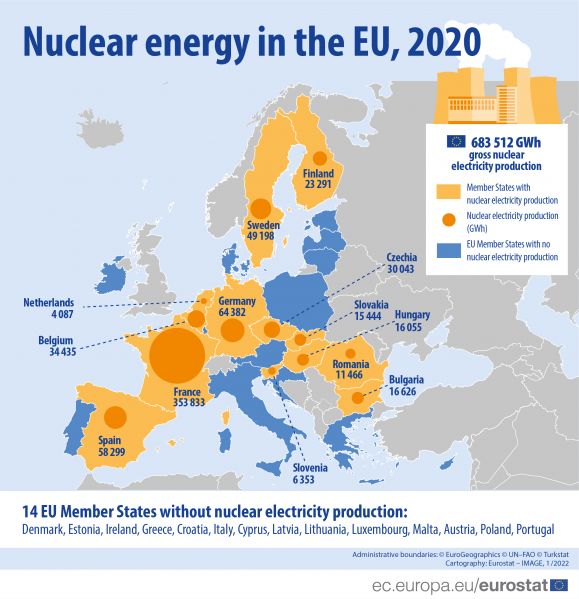
Cui bono?
As the tension grows, it is important to ask the question Cui bono? or who benefits from labeling nuclear energy and natural gas as a green source of energy. Some argue that this is a strategy of the EU to have an easier time meeting its climate goals. Others see it as lobbying from the side of member states who are in powerful positions. But how would this affect the general citizen in terms of quality of life, job opportunities, and standard of living?
The EU Commission plans to present the final proposal in January. Until then, the consultation process that has now started with the member states will continue. After the official presentation of the draft, it can be voted by the majority of EU countries and by the EU Parliament. As democracy requires, the final decision would be based on what the majority of member states vote for. It remains to be seen whether this will be found but so far very controversial debate was sparked by the topic of labeling nuclear energy as green. While some European countries, such as France and Finland, have already advocated for the “green” classification of the two energy sources in recent months, Austria, Germany, Luxembourg, Portugal, and Denmark, have positioned themselves clearly against nuclear power.
France represents one of the biggest economies in Europe and is also heavily dependable on nuclear energy with 56 operatable reactors, producing about 70% of its electricity. France is the second country in the world with the most nuclear power plants, right after the USA. In addition, France is the world’s largest net exporter of electricity due to its very low cost of generation, and gains over €3 billion per year from this, reports the World Nuclear Association. The country exports mainly to Italy and the UK. If nuclear energy gets labeled as “green”, this would be of a major benefit for France. However, the costs for other countries that will buy “green” energy from France, might increase significantly.
The Czech Republic recently announced it will exit coal by 2033, delaying the date included in the Paris climate agreement by three years. Meanwhile, Czechia will support nuclear power as part of its energy future and calls for a substantial increase in nuclear capacity by 2040. The Czech Republic currently has six nuclear reactors that generate about 37% of its electricity. In comparison, the country generated around 43% of its electricity from coal, Reuters reported.
Austria, on the other hand, has a very strong position against nuclear energy and is one of the 14 countries in Europe that does not have a working powerplant. The Zwentendorf Nuclear Power Plant was the first commercial nuclear plant for electric power generation built in Austria and another two were planned for construction. The powerplant near Vienna, however, never went into operation since the majority of Austrian citizens voted against the startup of the nuclear energy source during a referendum in 1978. Shortly after that, Austria enacted a law prohibiting the construction and operation of fission reactors for electrical power generation.
In December 2021, Germany announced that it shuts down half of its 6 remaining nuclear plants. The decision to phase out nuclear power and shift from fossil fuels to renewable energy was first taken in 2002 and until now a total of 33 reactors in Germany have been closed, according to the World Nuclear Association. “Exports were mainly to Austria, Netherlands, Poland, and the Czech Republic, with net imports from France. Germany is one of the biggest importers of gas, coal, and oil worldwide, and has few domestic resources apart from lignite and renewables. The preponderance of coal makes the country Europe’s biggest emitter of carbon dioxide,” states also the association.





